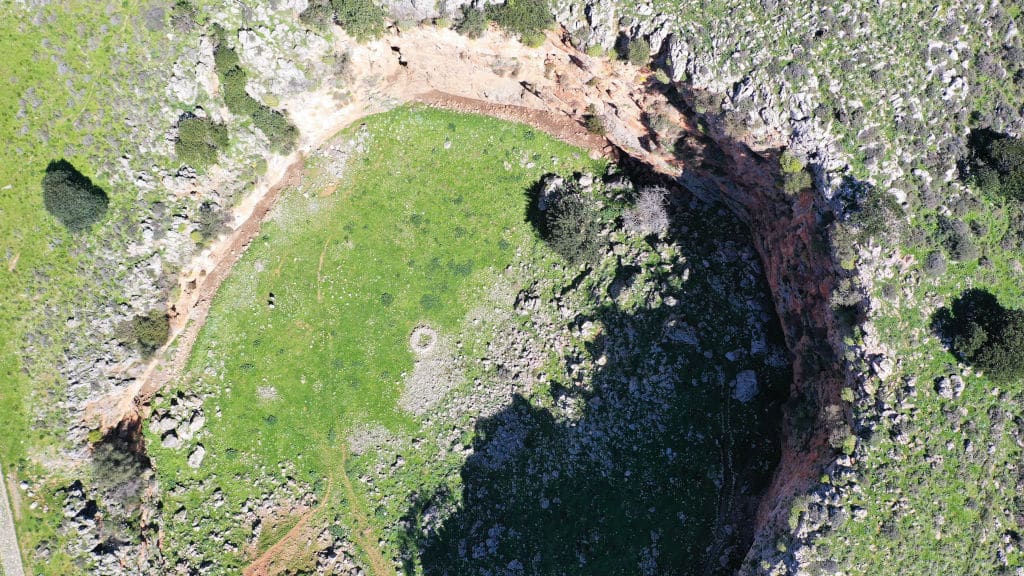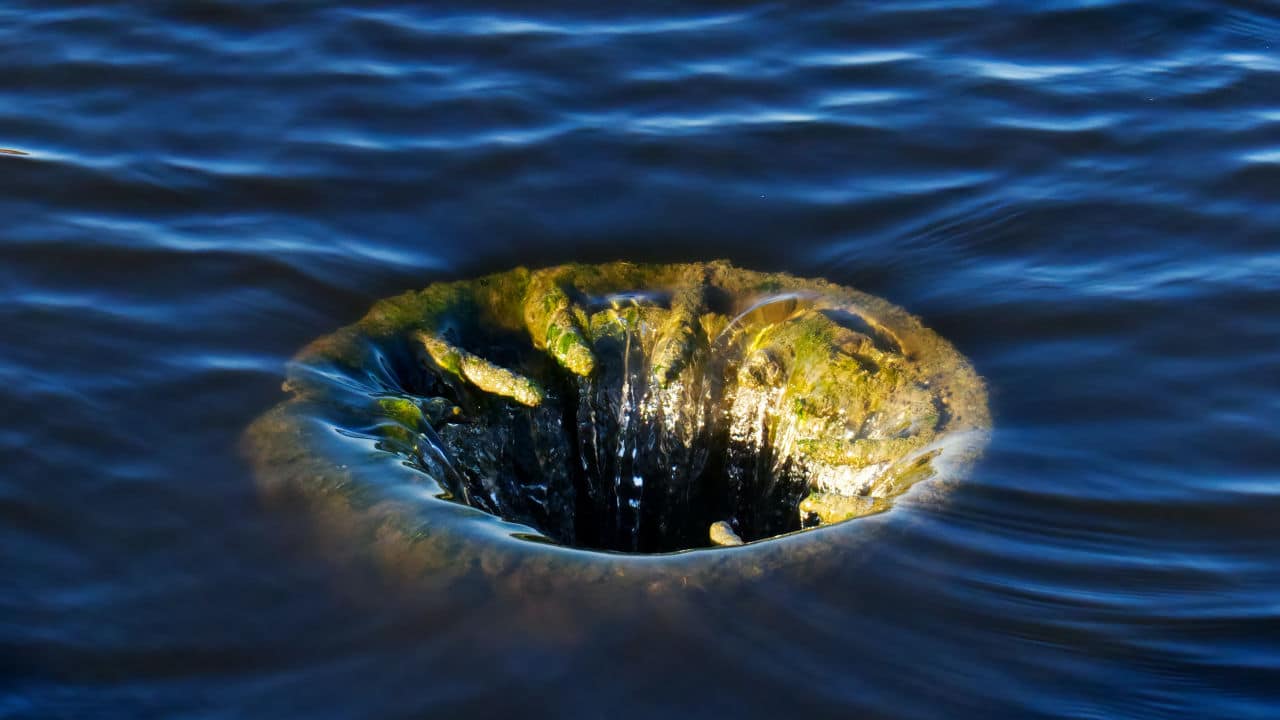Ever heard of sinkholes?
Picture this.
Imagine a well-furnished room with portraits and pictures of favorite memories from College. In this room is a king-sized bed already laid and just begging to be slept in. Just then, a person walks into the room, tired and ready to take their rest for the day. As they lay on the bed to rest, the ground suddenly gives way and the person, their bed and every other piece of furniture in the room get sucked into the ground.
You may think this is straight out of a horror movie, but this happened to a man in Florida.
In 2013, as reported by The Guardian, a man, Jeff Bush, was swallowed by the ground in Florida. His brother testified that when he entered the room, all his brother’s furniture was gone. There was only the nightmarish hole in the ground that could not be ignored and his brother’s incessant cry for help. Sadly, despite all efforts to rescue this young man, he could not be saved, and his body was buried underground forever.
This is the tragic effect of sinkholes. Sinkholes are very dangerous and cause loss of life and limb, destruction to property, and impede commerce.
What are sinkholes?
Sinkholes are naturally occurring depressions or holes in the earth’s surface, frequently brought on by karst processes.
When bedrocks are soluble, karst processes take place. This means sinkholes form in evaporite rocks (like gypsum or anhydrite) or carbonate rocks (such as limestone or dolomite) in 99% of all situations.
More often than not, sinkholes are naturally occurring due to the soil’s composition and the soluble nature of the ground beneath the first layer.
Sinkholes, when they appear in residential areas, can have tragic endings; they can claim lives, cause tremendous harm, and cause a lot of damage to properties.
Florida is an example of a place where sinkholes are usually found.
Aside from the natural causes of sinkholes, human activities sometimes contribute to this horrific occurrence.
When the reasons are manmade, legal animation can be used to expose the harm and the perpetrator.

What are the manmade causes of sinkholes?
When underlying rock is compromised due to urban development, sinkholes are the result.
Sinkholes may result from digging new water wells, excessive groundwater withdrawal, the intentional creation of surface water ponds, or even the diversion of surface water from one vast area and concentration in one location.
Sinkholes can also be caused by other operations like mining, building, drilling, poorly compacted earth after excavations, broken water or drainage systems, and even heavy traffic.
For instance, a sinkhole resulting from mining operations is often brought on by the extraction of resources, brittle overburden, or geological discontinuities, which cause the mine roof to break.
The overburden at the mine site may form cavities that can be filled with sand and soil from the strata above.
Eventually, one of these overburdened cavities could cave in and create a sinkhole at the surface, causing unspeakable harm.
Who can be held liable for a manmade sinkhole accident?
Different parties can be held liable for sinkholes. It all depends on the facts of the case.
Whoever may be liable, since this type of case would require geographically established evidence, legal animation can be used by the expert witness to simplify the facts.
They are as follows:
- Individuals
Whether a sinkhole is manmade or an act of God, a person can be held liable for sinkhole damage under what is called premises liability. A person has the duty to alert all possible visitors, passersby, and even trespassers of the presence of such a gaping hole in their premises.
- Governmental agency
Governmental agencies can be liable for sinkholes if the sinkhole results from a developmental project or is a direct consequence of the agency’s activities.
- A company
A company can be held liable for sinkholes and harm caused if its activities are a proximate cause of such a sinkhole. Companies that are likely to cause sinkholes include mining companies, construction companies, pipe and drainage system installation companies, and drilling companies.
For instance, in 2012, the Texas Brine Company was held liable for drilling too close to the salt dome’s outer age with a settlement of 48.1 million dollars to the town people. The sinkhole is still today described as “the sinkhole that swallowed a town.”
Conclusively, discovering the person liable for a sinkhole is not enough. It is also essential to prove the fault in the person. Legal animation can be extremely useful in this regard.






